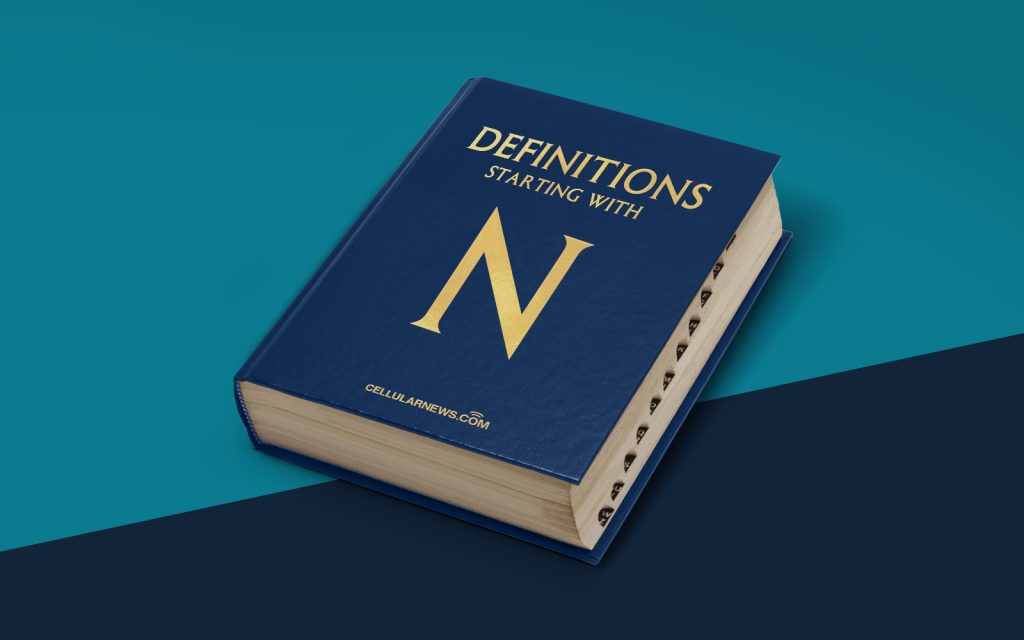
The Wonder of Nearables: Unleashing the Power of Proximity
Imagine a world where objects around you could communicate with each other and offer personalized information and experiences based on your location. Sounds like something out of a sci-fi movie, right? Well, that world is already here, thanks to the revolutionary technology known as nearables.
At its core, a nearable is a small physical object embedded with technology that enables it to communicate with smartphones and other nearby devices. These devices can detect the presence and approximate distance of nearables and interact with them based on predefined rules and settings. Nearables have opened up a whole new realm of possibilities in various industries, from retail and marketing to healthcare and logistics.
So, what exactly is a nearable? Let’s dive in and explore this fascinating concept!
Uncovering the Potential of Nearables
Nearables are equipped with sensors, such as Bluetooth Low Energy (BLE), GPS, or NFC, to establish a connection with smartphones, tablets, or other devices. These sensors allow nearables to transmit data and receive instructions based on the user’s location or proximity. This ability to deliver contextual information in real-time has opened up a world of possibilities. Here are some of the exciting applications of nearables:
- Retail: Nearables are revolutionizing the retail industry by providing personalized shopping experiences. Customers can receive targeted offers, discounts, and product recommendations based on their location within a store. Nearables can help retailers enhance customer engagement and improve sales by enabling them to track customer behavior, provide interactive product information, and streamline payment processes.
- Healthcare: Nearables are transforming healthcare by enabling the monitoring of patients’ health conditions and providing remote care. For example, wearable devices equipped with nearable technology can collect vital signs and transmit the data to healthcare professionals, allowing for remote monitoring and early intervention. Nearables can also help prevent medical errors by ensuring the correct administration of medication and monitoring hand hygiene compliance in healthcare settings.
Nearables also have applications in hospitality, logistics, and even smart homes. The possibilities are endless, and as technology continues to advance, we can expect to see even more innovative uses for nearables.
In conclusion, nearables are redefining the way we interact with the physical world. By leveraging their ability to communicate with smartphones and other devices, nearables bring personalized experiences, improved efficiency, and enhanced convenience across various industries. The future is indeed exciting as we continue to explore and unlock the full potential of nearable technology.
